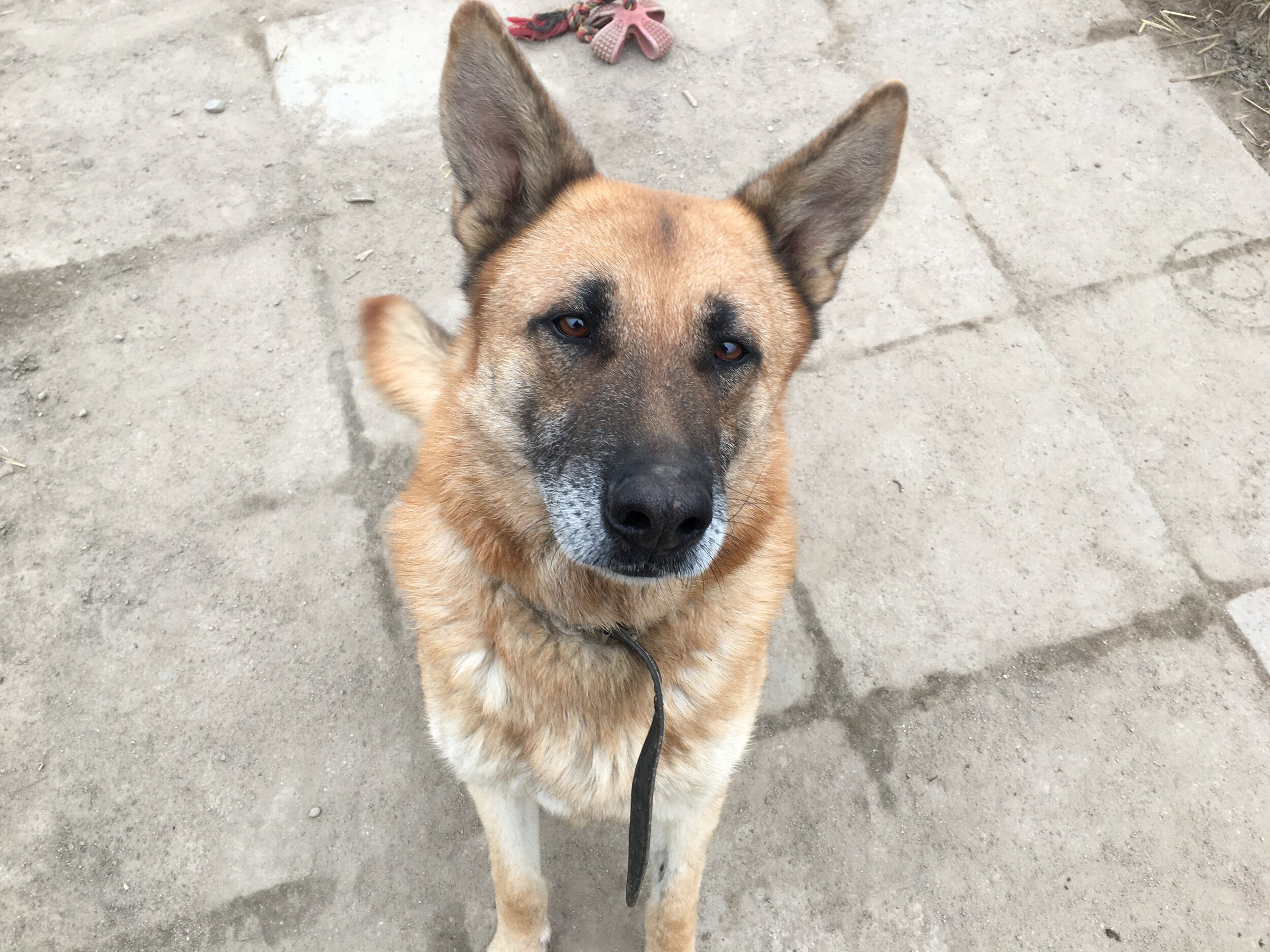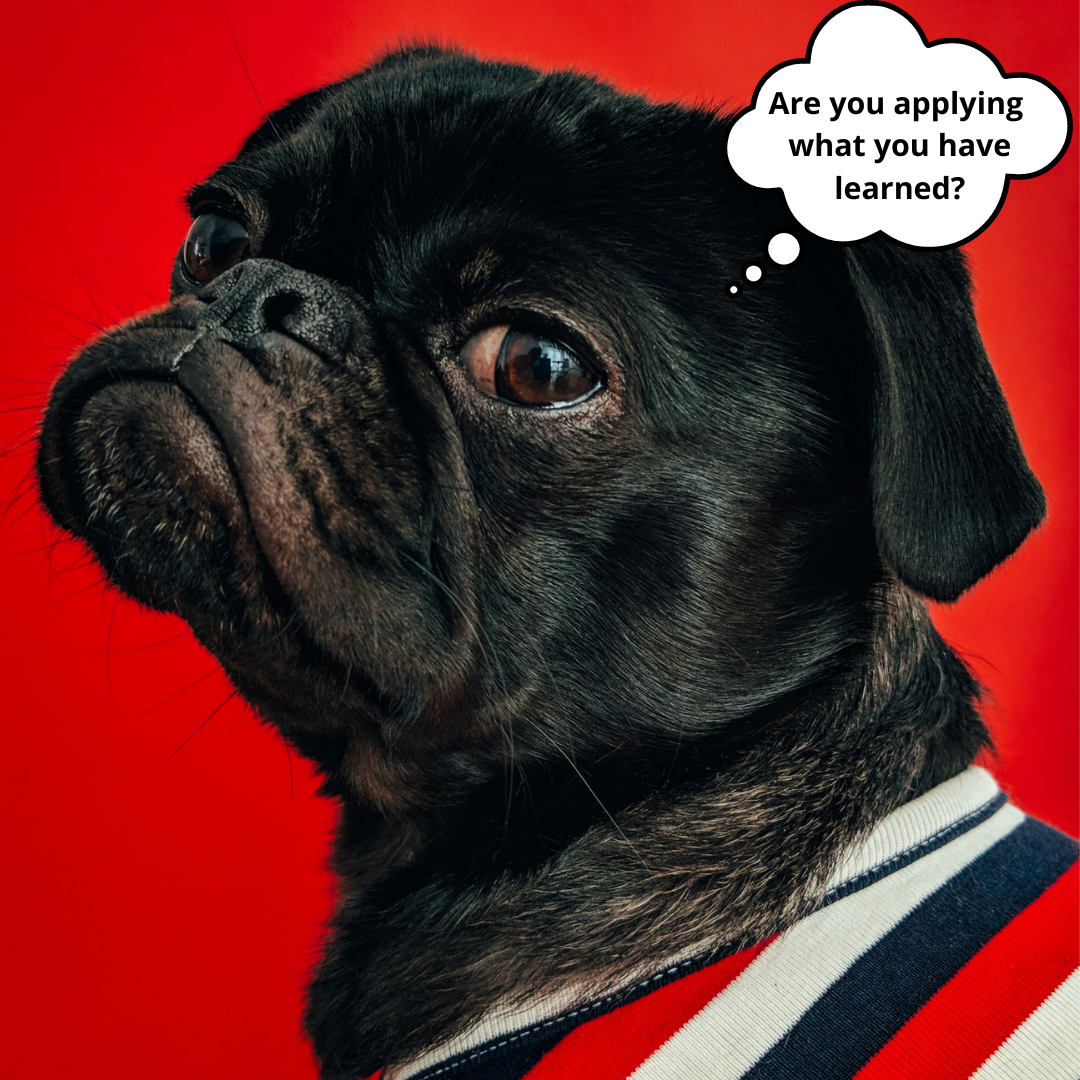The influence of the environment
Did you ever met a dog who loves treats at home but take him outside and he immediately loses interest in the treats? Treats did not change. The thing that changed is the environment.
At home, there are less competing reinforcers present. The treats can be the only current reinforcer available if the dog had nothing else to do. At the walk, there is an abundance of smells, sounds, sights, people and dogs passing by. All of those can be potential reinforcers. On the other hand, some of those can also be potential stimuli that dog wants to avoid or run away from. In both cases, treats are no longer valuable under those circumstances.
Photo by Tatiana Rodriguez on Unsplash
Treats can also lose their value if they are continuously paired with something dog doesn’t want. If the only time you give treats to your dog is when you try to catch him on the leash and immediately go home – the treats given outside means coming back home and the end of fun. In other words, treats will start to have a different meaning at home and during the walk. Dogs are clever creatures and they learn our patterns. If you always end fun for your dog after treats outside, don’t expect him not to learn to avoid them in this context. It doesn’t necessarily have to change the way your dog will see treats at home. Treats can still be his favourite thing to eat at home as they don’t mean the end of the fun. Change of the environment will influence a different response.
When the dog sees something outside the window and starts to bark at it, what caused the barking? How often do we say that the cause is something inside of him like his fear, his anger, even the fact “that he tried to annoy you”. Is it really the case? What changed in the environment that made him bark in the first place? He saw something outside the window. That environmental change influenced the barking behaviour. The fact that the thing outside the window goes away can be maintaining the barking. From his point of view, his barking makes this thing go away. He has an influence on his environment, he created the change (even though in reality his barking has most likely nothing to do with people or cars passing by) and he will be more likely to do it again. What could we do to change that? If the sight of people outside the window is triggering the barking, could we try to block the view? Change of the environment can change his behaviour entirely. He might stop barking at home or at least at the window.*
Photo by Daniel Lincoln on Unsplash
We often look for the cause of the behaviour inside the animal. We say “my dog ran away from a skateboard because he was scared”. However, where is the fear coming from? From the behaviour science point of view, emotions are a function of behaviour, not a cause. Causes of behaviour are in the environment and learning history. When your dog sees a skateboard and he runs away from it, it’s not the fear that is causing him to run away, it is the association that he has with a skateboard. The fear is probably there but the start of it is in the environment, not in his internal instincts.
When we start to see the environment as a cause of the behaviour instead of looking for the cause inside the animal, we give ourselves a chance to influence it. We can’t change the internal feelings of our dogs in a direct way. We can change the environment and that in turn can have an effect on his emotions. We can take responsibility and empower ourselves to influence our dogs’ behaviour. Avoid labelling him as fearful or angry and see how the change of the environment changes his behaviour.
Be a Superhero for your dog, he will love you for it.
*There are plenty of other, different functions of barking, so this solution won’t be for every dog. This is just one of the examples of how the environment influence behaviour.













I'm feeling great and I prioritise health. I don't feel better than anyone else! I can enjoy feeling good about myself and hope for everyone else to enjoy themselves too. I believe that happiness is not something you achieve, it's something you DO. I'm choosing habits for happiness and I do them every day. I hope you can join me and start to seek happiness every day.